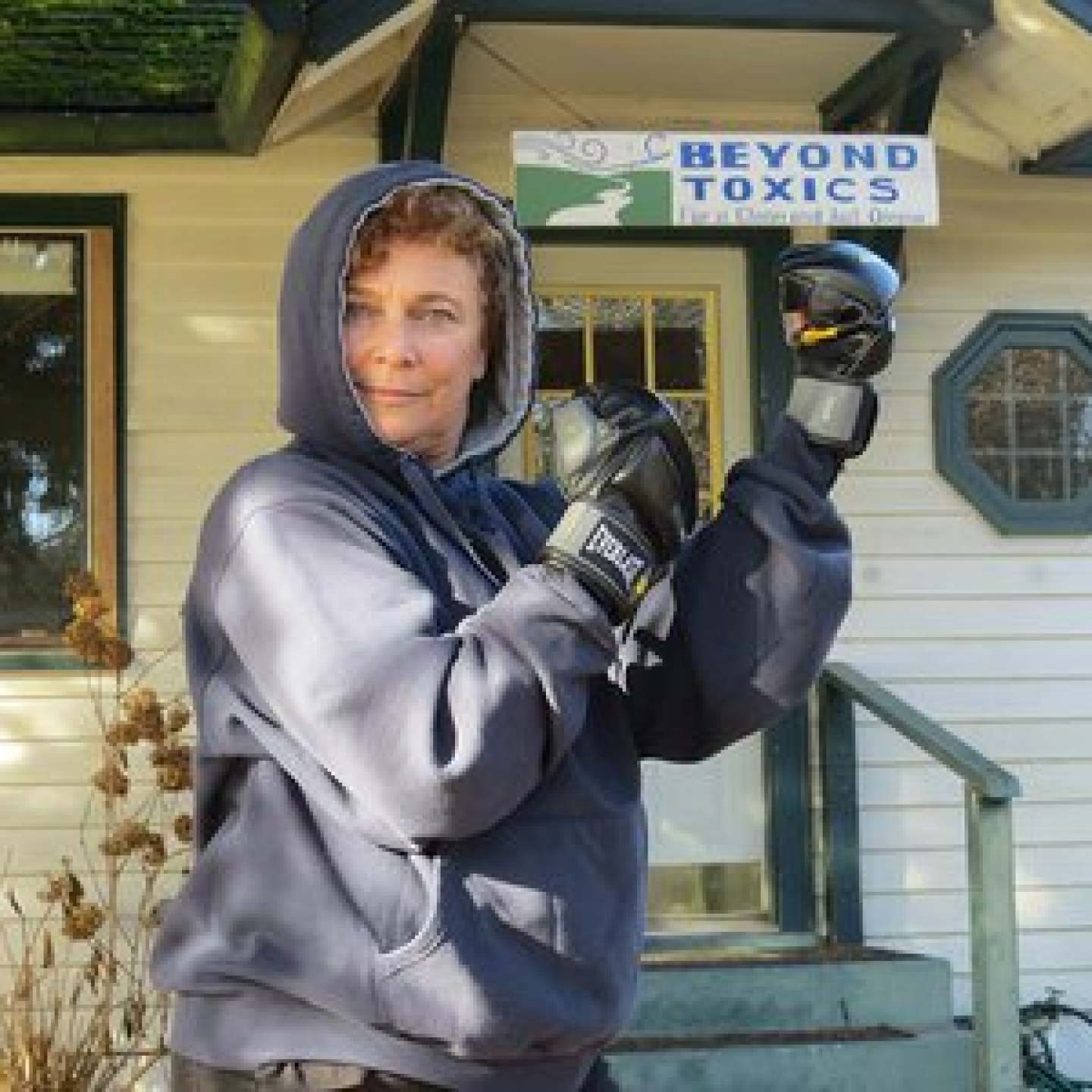Teams from Beyond Toxics and the NAACP Eugene/Springfield came together in 2018 to start the process of organizing an Environmental…
Farmworkers deserve better pesticide rules
More than 1 billion pounds of poisonous pesticides are applied on farms annually in the United States, resulting in as…
Oregon Farm Workers Are Fighting for Their Lives
I remember, and you might too, feeling virtuous when my family took part in the California grape boycott in the…
Farm Worker Rights in the Age of Trump
Oregon has over 300 registered farm worker housing camps and another 200 unregistered camps. Most of these camps are located…
Beyond Toxics Speaks Truth to Timber's Tall Tales
The Register Guard published a Nov. 30 guest viewpoint written by former Lane County Commissioner, Anna Morrison, who no longer…
We Need Resilient Forests
Recently, I had lunch in the employee cafeteria of an international corporation based in Lane County. I was somewhat amazed,…
Timber's fallen: Efforts show promise for working conditions in Oregon forestry
This is Part III of a three-part series on the working conditions and treatment of Oregon's immigrant forestry workers.
Oregon agencies cite multiple pesticide violations and levy fines against helicopter company in a worker whistleblower case
Highly toxics pesticides should not be sprayed on workers, but the Oregon Department of Agriculture concluded that is what Oregon-based…






